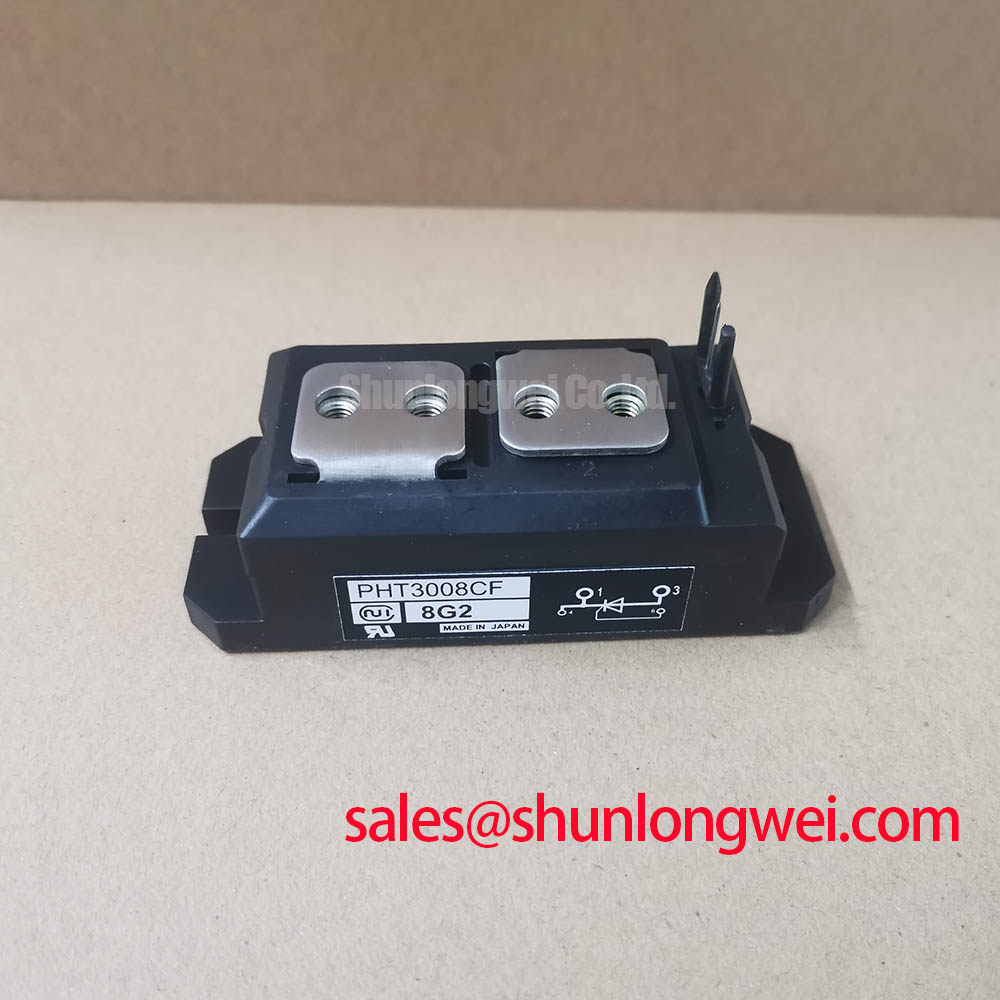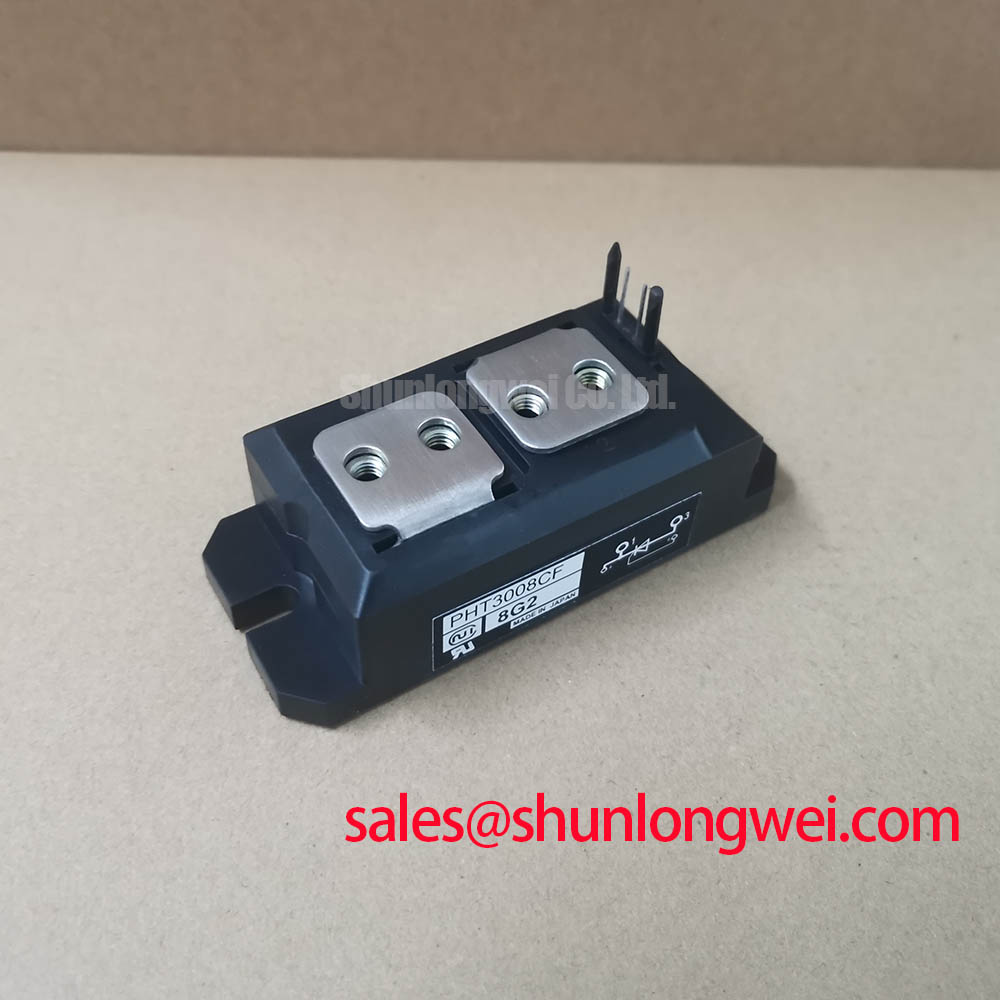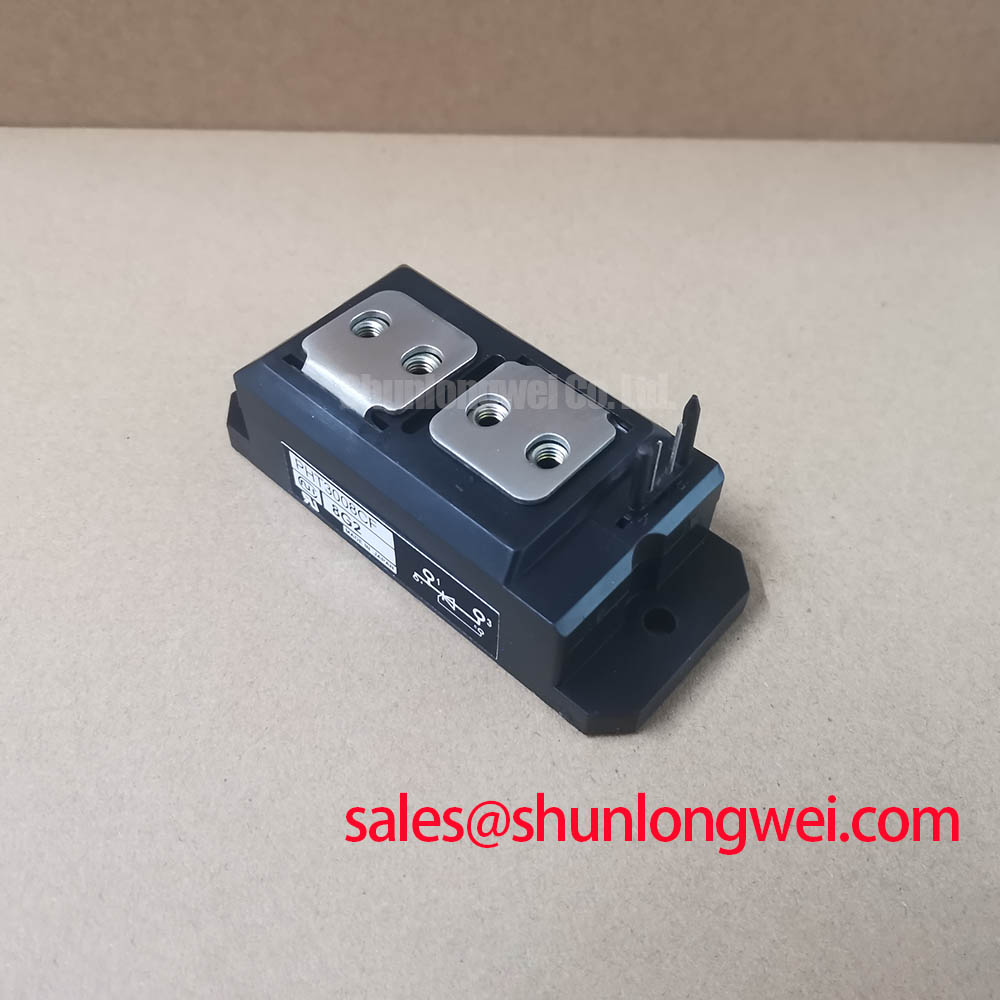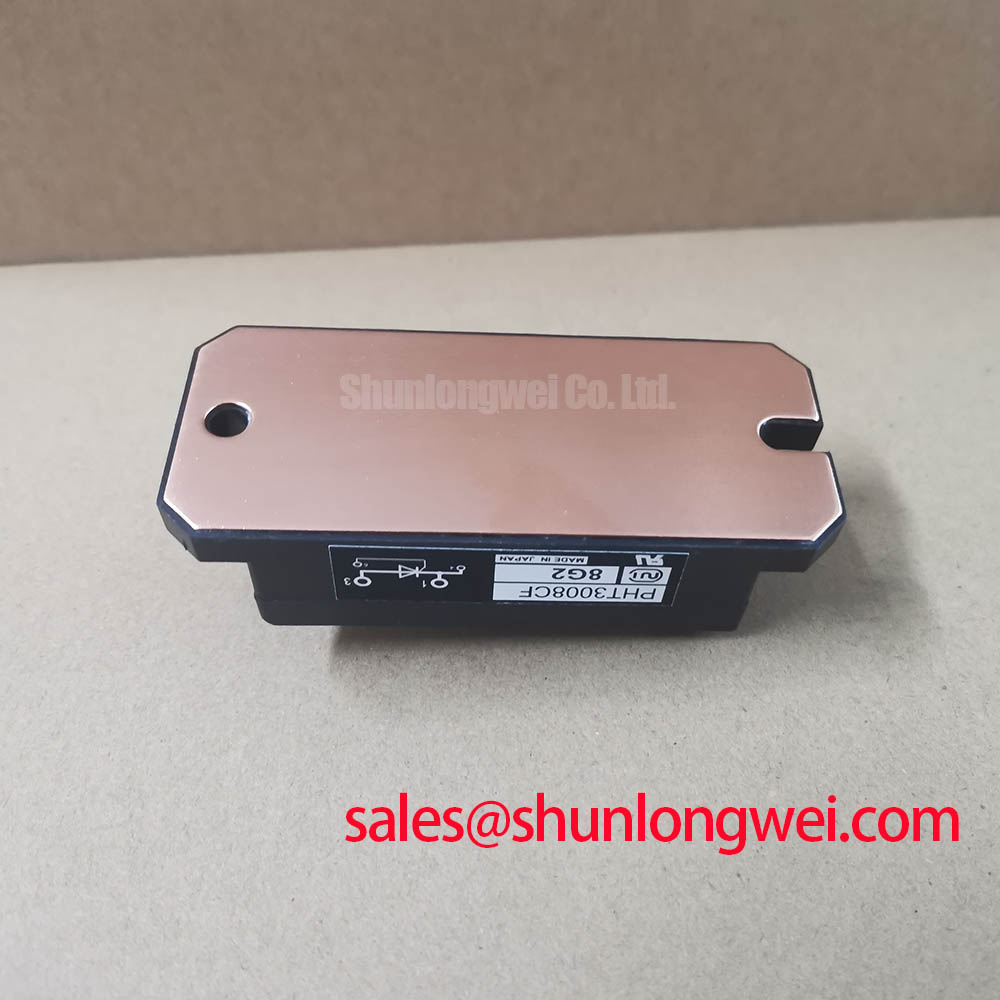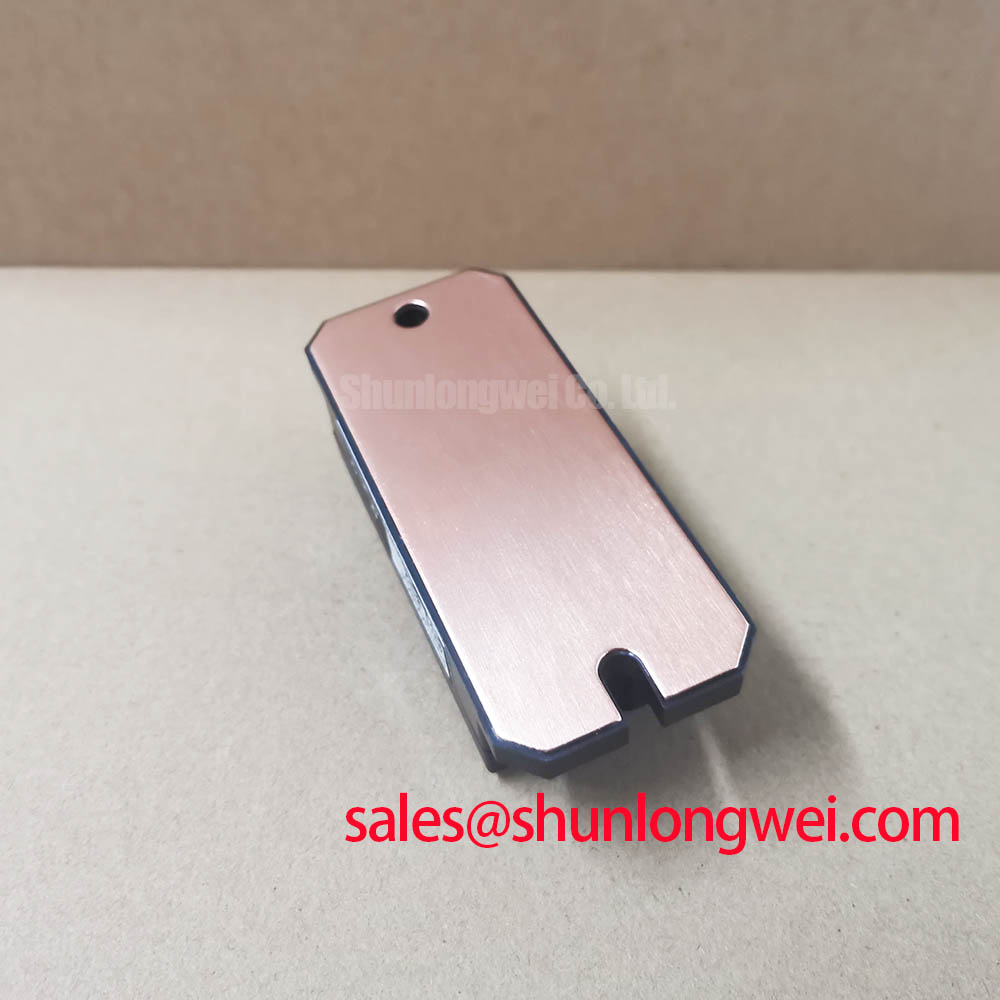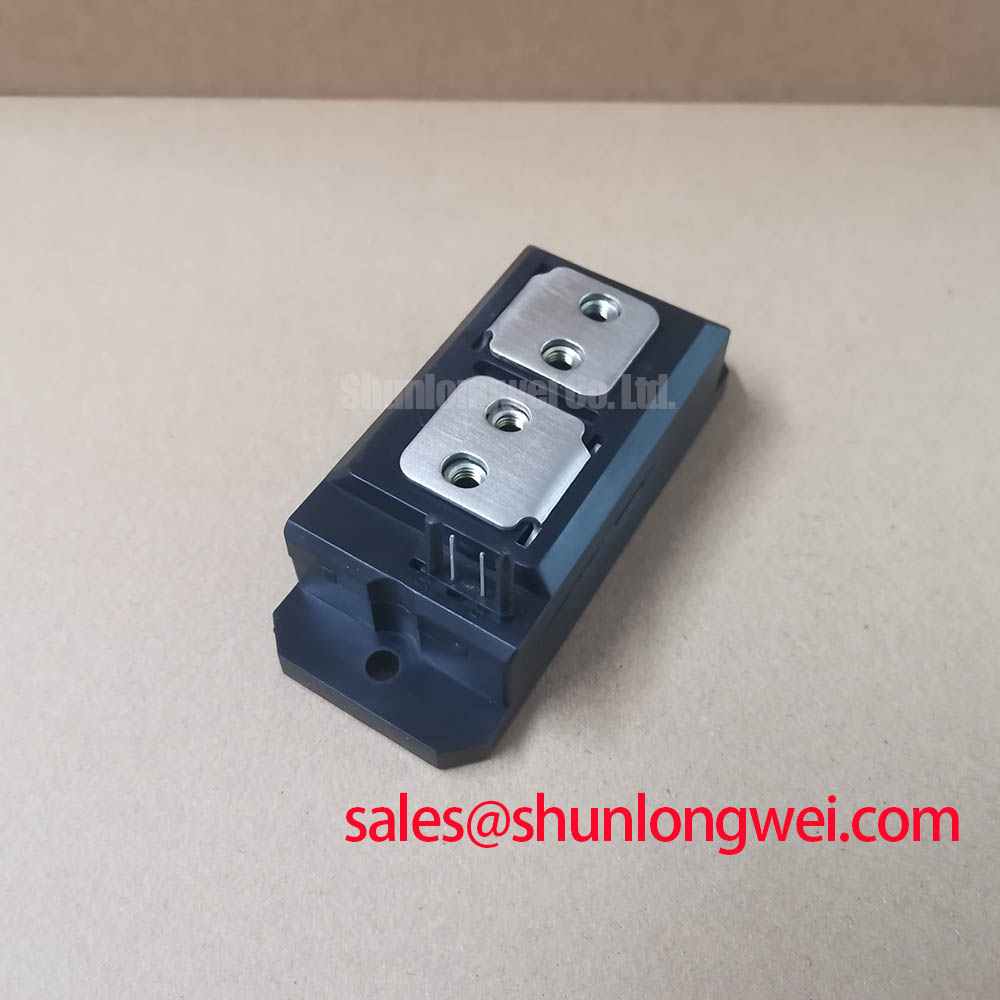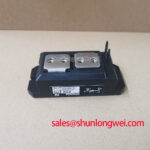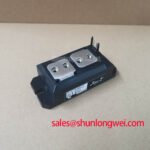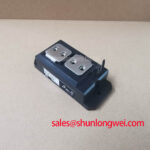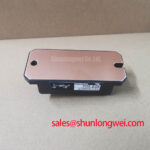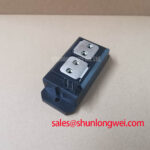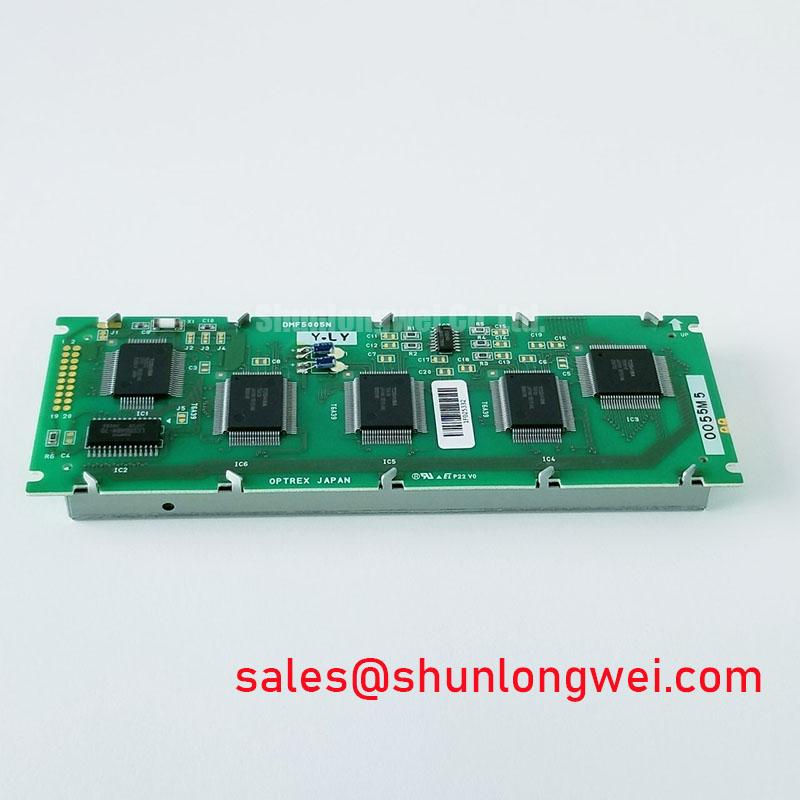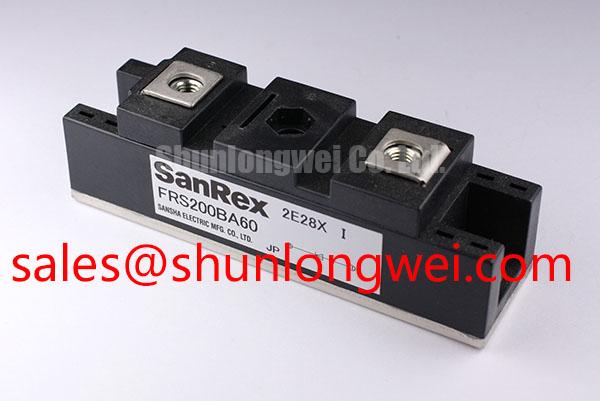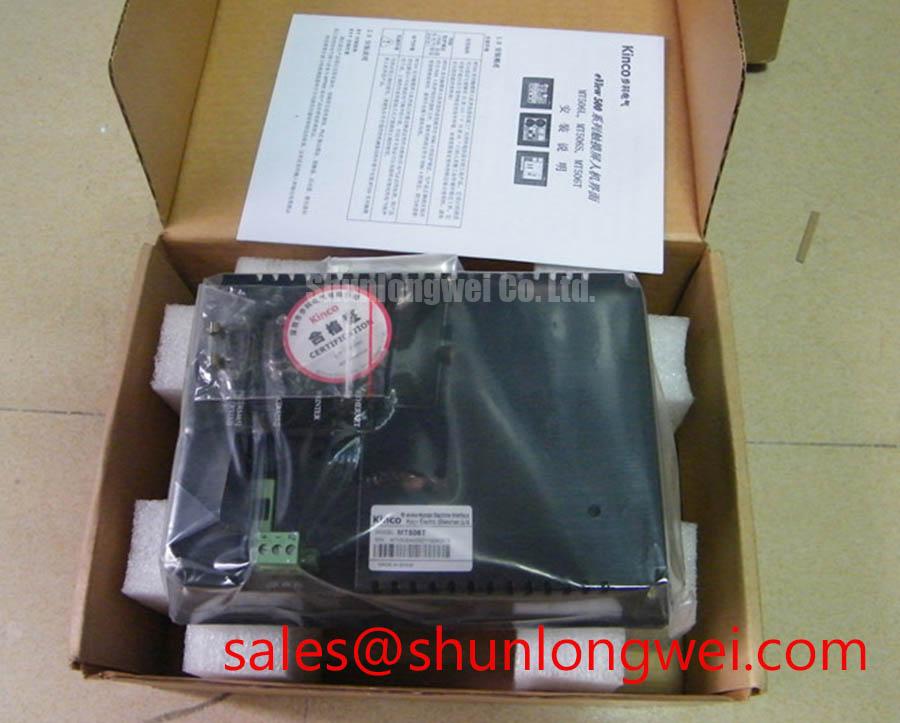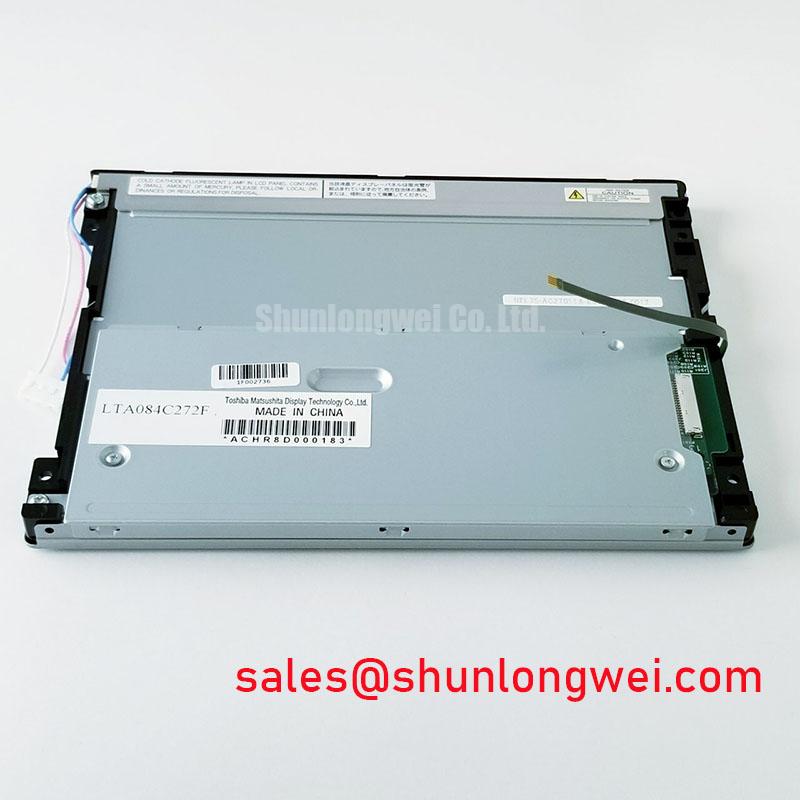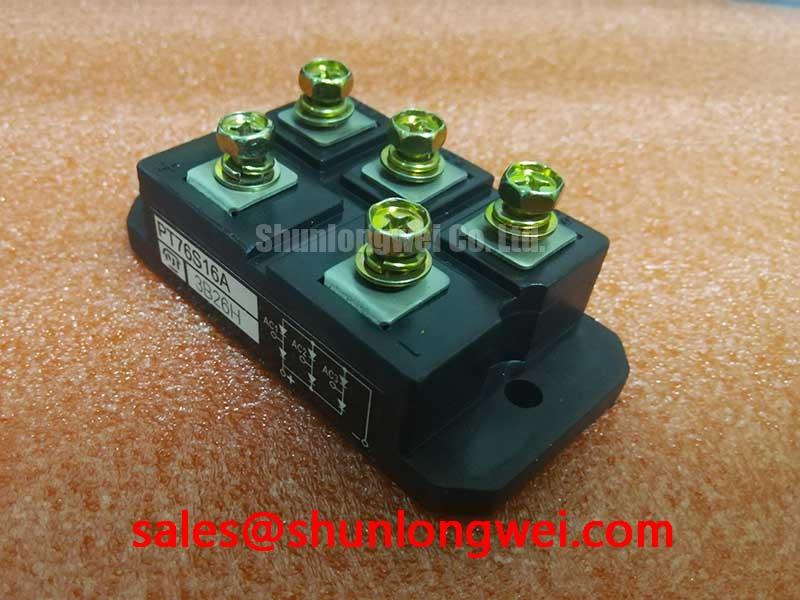Content last revised on October 27, 2025.
PHT3008CF: 800V, 300A Thyristor/Diode Module for High-Reliability Power Control
The PHT3008CF is a robust Thyristor/Diode module engineered for high surge survivability and simplified, reliable thermal design in industrial power control systems. With key specifications of 800V | 300A (Peak Surge) | I²t: 1800 A²s, this component delivers exceptional inrush current handling and is UL-recognized to streamline system certification. For engineers building systems for the North American market, this module's UL recognition (File No. E187184) provides a critical certification pathway, simplifying compliance for industrial control equipment. Best suited for controlled rectifiers and soft starters where surge current immunity and long-term operational reliability are the primary design drivers.
Key Parameter Overview
Decoding the Specs for Enhanced Operational Reliability
The PHT3008CF's electrical and thermal characteristics are specified to ensure dependable performance in demanding industrial applications. The following table highlights the key parameters that are critical for design and reliability analysis.
| Parameter | Symbol | Conditions | Value | Unit |
|---|---|---|---|---|
| Repetitive Peak Reverse Voltage | V_RRM | 800 | V | |
| Average Rectified Output Current | I_O(AV) | 50Hz Half Sine Wave, Tc=96°C | 30 | A |
| Surge On-State Current | I_TSM | 50 Hz Half Sine Wave, 1 Pulse, Non-Repetitive | 600 | A |
| I Squared t | I²t | 2msec to 10msec | 1800 | A²s |
| Isolation Voltage | V_iso | Base Plate to Terminals, AC 1min | 2500 | V |
| Operating Junction Temperature Range | T_jw | -40 to +125 | °C | |
| Critical Rate of Rise of Off-State Voltage | dv/dt | V_D=2/3V_DRM, T_j=125°C | 500 | V/µs |
Application Scenarios & Value
System-Level Benefits in Industrial Motor Control and Power Conversion
The PHT3008CF is engineered for power circuits where robustness against electrical stress is a non-negotiable requirement. Its primary value is demonstrated in applications like industrial AC soft starters, battery chargers, and power supplies for welding equipment.
Consider the engineering challenge of designing a soft starter for a three-phase induction motor on a factory conveyor line. Each startup sequence generates a significant inrush current that can stress power-switching components. The PHT3008CF's high surge current (I_TSM) rating of 600A and substantial I²t value of 1800 A²s provide the necessary headroom to absorb this repetitive electrical stress without degradation. This capacity for inrush current limiting through phase-angle control ensures a longer operational life for the motor and the power electronics, directly contributing to higher system uptime and reduced maintenance costs. The module's design makes it an excellent building block for reliable controlled rectifiers that must perform consistently for years in harsh environments. While the PHT3008CF is rated for an average output of 30A, for applications demanding higher continuous current such as larger motor drives, the PGH758AM offers a 75A capability in a similar voltage class.
Technical Deep Dive
The Engineering Value of an Isolated Base and UL Certification
Two features of the PHT3008CF that offer significant, practical advantages beyond the core electrical ratings are its isolated base design and its status as a UL Recognized Component.
- Simplified Thermal and Mechanical Design: The module features an alumina ceramic insulating substrate that provides 2500V of isolation between the terminals and the baseplate. This allows for direct mounting onto a grounded chassis or heatsink without the need for additional, thermally inefficient insulating pads. For a design engineer, this simplifies the bill of materials, reduces assembly time, and creates a more efficient thermal path, improving overall heat dissipation and long-term reliability. What is the primary benefit of its UL Recognition? Streamlined system-level safety certification and faster market entry.
- Streamlined Path to System Certification: The UL Recognition (File No. E187184) signifies that the component has been evaluated by UL for use in end-products. This pre-certification is invaluable for OEMs, as it accelerates the safety approval process for the final system, such as an industrial control panel or a motor drive. It reduces project risk and can significantly shorten the time-to-market, providing a distinct competitive advantage.
Frequently Asked Questions (FAQ)
Design and Implementation Questions Answered
What is the practical benefit of the 600A ITSM rating?
The 600A non-repetitive surge current (ITSM) rating indicates the module's ability to survive a single, massive current pulse, such as those caused by a short circuit or a major fault downstream. This is a critical survivability metric. In conjunction with its I²t rating, it ensures the module can also handle the less severe but more frequent inrush currents found in motor starting and capacitor charging, preventing premature failure and enhancing the system's overall robustness.
How does the common cathode configuration of the PHT3008CF benefit a circuit design?
This module contains a thyristor (SCR) and a diode that share a common cathode connection. This configuration is ideal for building cost-effective and compact single-phase controlled bridge or AC controller circuits. It reduces the component count and simplifies the PCB layout and busbar design compared to using two discrete devices, leading to a more compact and reliable power assembly.
What are the recommended mounting torque specifications, and why are they important for reliability?
The datasheet specifies a mounting torque of 2.4 to 3.5 N·m for the M6 case mounting screws. Adhering to this specification is critical for effective thermal management. Insufficient torque results in a poor thermal interface with the heatsink, leading to higher operating temperatures and reduced life. Excessive torque can warp the module's baseplate, creating gaps that also compromise thermal performance and can cause mechanical stress on the internal ceramic substrate.
Selecting the PHT3008CF is a strategic decision for projects where long-term reliability and streamlined market entry are paramount. Its robust, certified design provides a dependable foundation for industrial power systems, mitigating risks associated with electrical stress and regulatory compliance, thereby securing a lower total cost of ownership.

